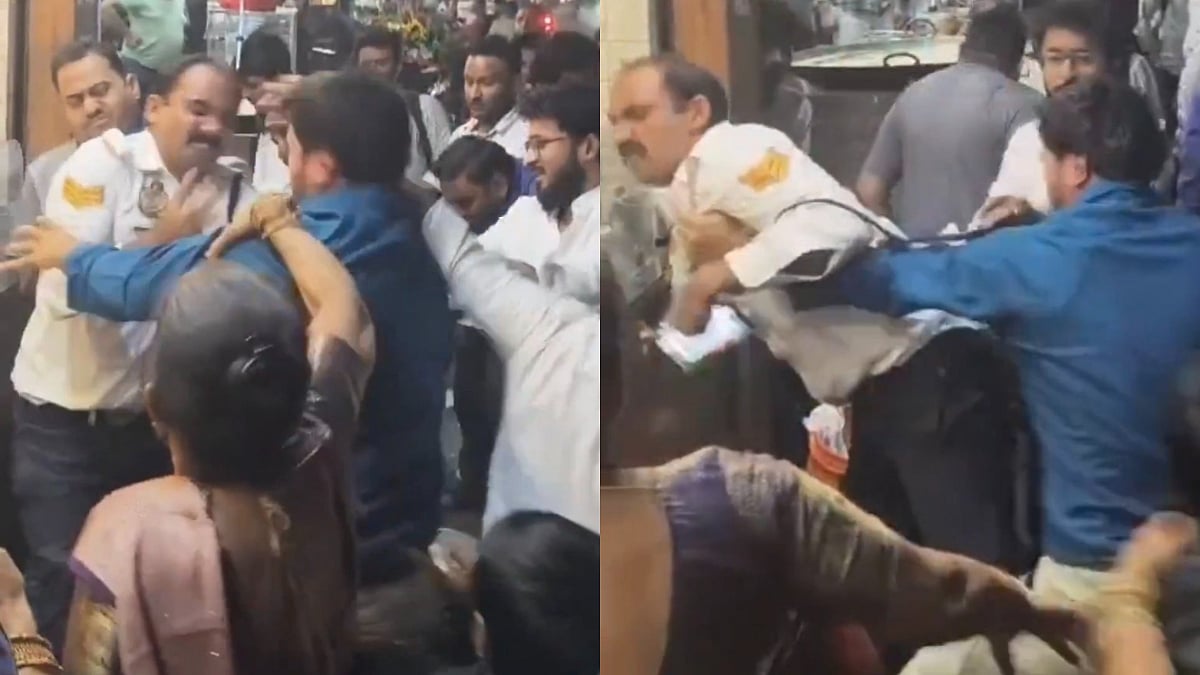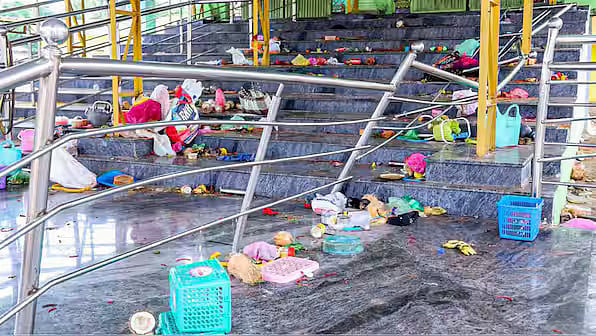July 3, 2023, was the warmest recorded day on the planet. On that day I also encountered multiple road rage incidents in Pune. It could be the traffic, which, akin to the prevalent politics in Maharashtra, is not only chaotic and unpredictable but also disregards every legal and moral standard. However, it could also be because it was really hot — hotter than the day before, which recorded the first breach of the 1.5 centigrade threshold, the Lakshman Rekha of Climate scientists.
We all know that as summer temperatures rise, so do people’s tempers. For decades, researchers have observed a correlation between hot weather and increases in violent and aggressive behaviour, especially road rage and random acts of violence.
Climate-change-induced hot weather is recognised as a serious aggravator of gender-based violence. Around the world, climate-change-induced crises have also been shown to worsen domestic violence, whether in relation to sexual and reproductive health or discrimination against indigenous communities.
In fact, a new study published in the medical journal JAMA Psychiatry projects that India will see an increase of about 23.5 % in domestic violence by the end of the century due to rising temperatures caused by climate change. In other words, the inherent misogyny and patriarchy will now also be triggered by global warming.
The study found that with each 1°C (33.8°F) increase in temperature, there was an 8% increase in physical violence and a 7.3% rise in sexual violence. The study is based on emotional, physical, and sexual violence data reported by 194,871 girls and women aged 15 to 49 from India, Pakistan, and Nepal between October 2010 and April 2018.
Last year, in 2022, The National Family Health Survey (NFHS) reported that 29.3% of married Indian women between the ages of 18-49 had faced domestic violence/or sexual violence. And that’s just the number of cases reported by women; there are always a large number of cases that never make it to the police. With record-breaking heatwaves engulfing large parts of the country for long stretches of time this year, one shudders to think what ugliness the 2023 NFHS will reveal.
Climate change is also likely to exacerbate violence in society within countries; a 2015 analysis of 57 nations found that "each degree Celsius increase in annual temperatures is associated with a nearly 6% average increase in homicides." More recently, a review of research worldwide found that climate disruption can undermine peace by interfering with people’s mental or physiological functioning and by threatening our quality of life.
Some experts argue that increased temperatures and erratic rainfall have a strong effect on violence at all levels, from the individual to between national armies, while others point to how climate change has a "threat multiplier" effect and is not the only cause. A 2015 report from researchers at Columbia University found that the decade-long civil war in Syria was made worse by climate change, which brought heatwaves, drought and clashes over resources that turned violent.
Climate change is surely fuelling conflict in Somalia, where widespread drought has forced millions of Somali people into overcrowded cities, refugee camps or the ranks of the jihadist group al-Shabab, according to the GroundTruth Project.
Violence during climatic change has evidence in history. Researchers at the University of California, Davis, said they have found a pattern of increased violence during climatic change in the south central Andes between AD 470 and 1500.During that time, which includes the Medieval Climatic Anomaly (ca. AD 900–1250), temperatures rose, drought occurred, and the first states of the Andes collapsed.
Climate change and potential competition for limited resources in the south central Andes likely led to violence among people living in the highlands at that time, researchers suggest after looking at the head injuries of the populations living there at that time, a commonly used proxy among archaeologists for interpersonal violence.
And despite all the evidence and science, until a few years ago there was very little discussion about climate change and its role in conflict. When Joe Biden was elected, John Kerry, the US Climate Envoy, tweeted, “America will soon have a government that treats the climate crisis as the urgent national security threat it is,” and went on to do nothing to address the problem. But then, the Americans have done nothing to control their guns, despite knowing the connection between rising temperatures and random acts of gun violence.
Rest assured, tomorrow will be warmer than today, with the promise of a disaster or a conflict somewhere in your vicinity. Stay safe and be kind.
Shailendra Yashwant is an independent environmental photojournalist and climate communications consultant









